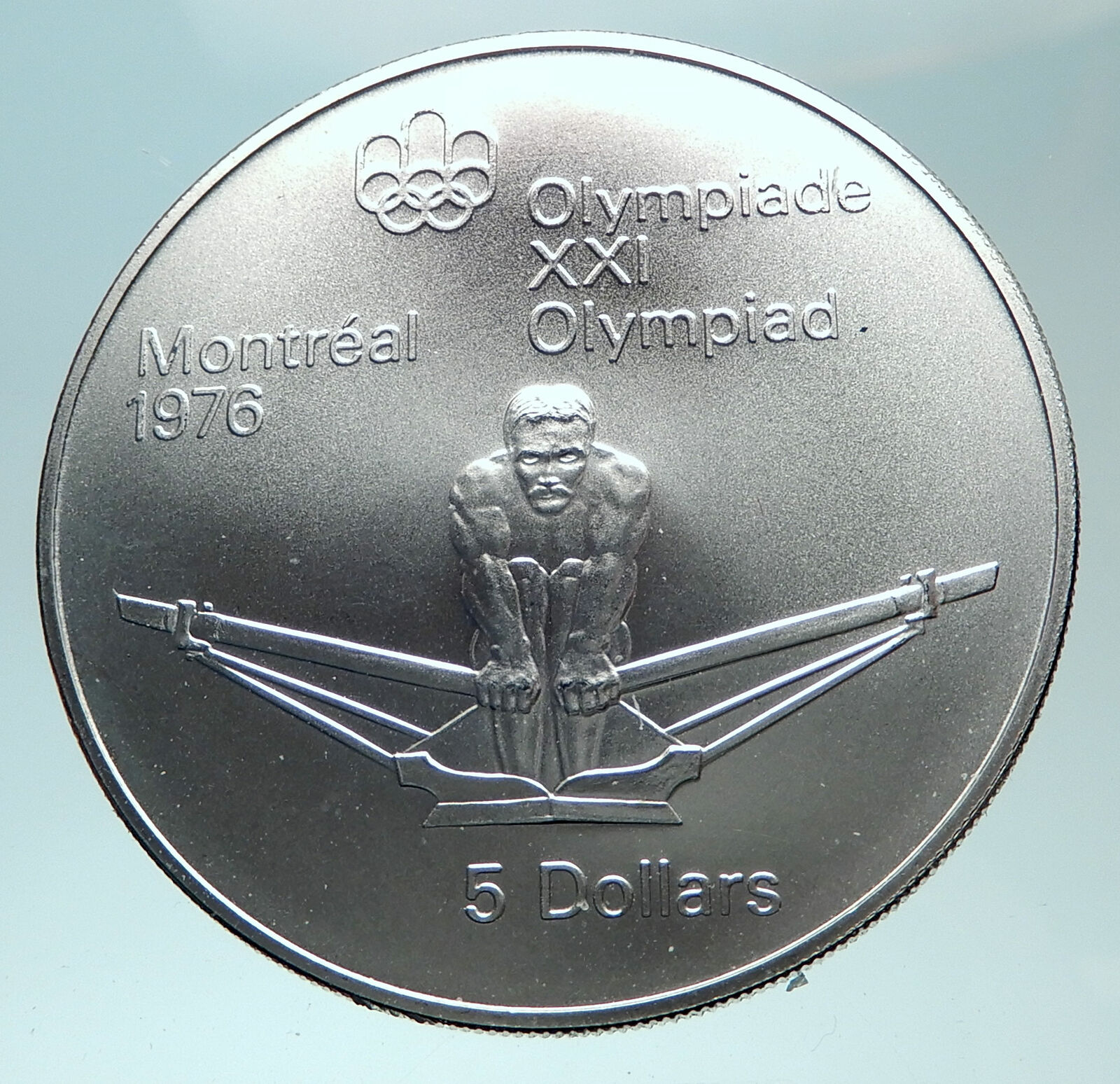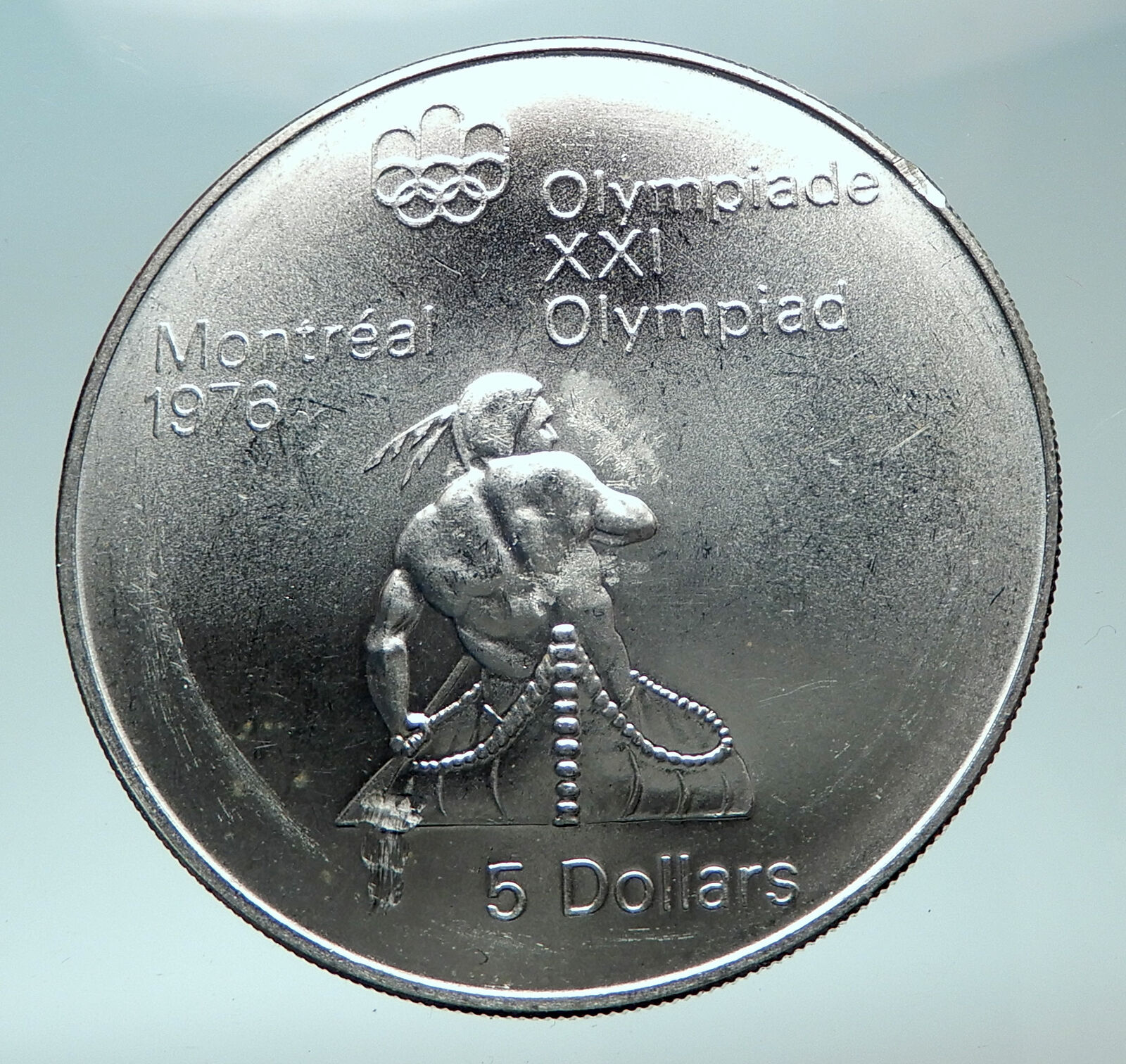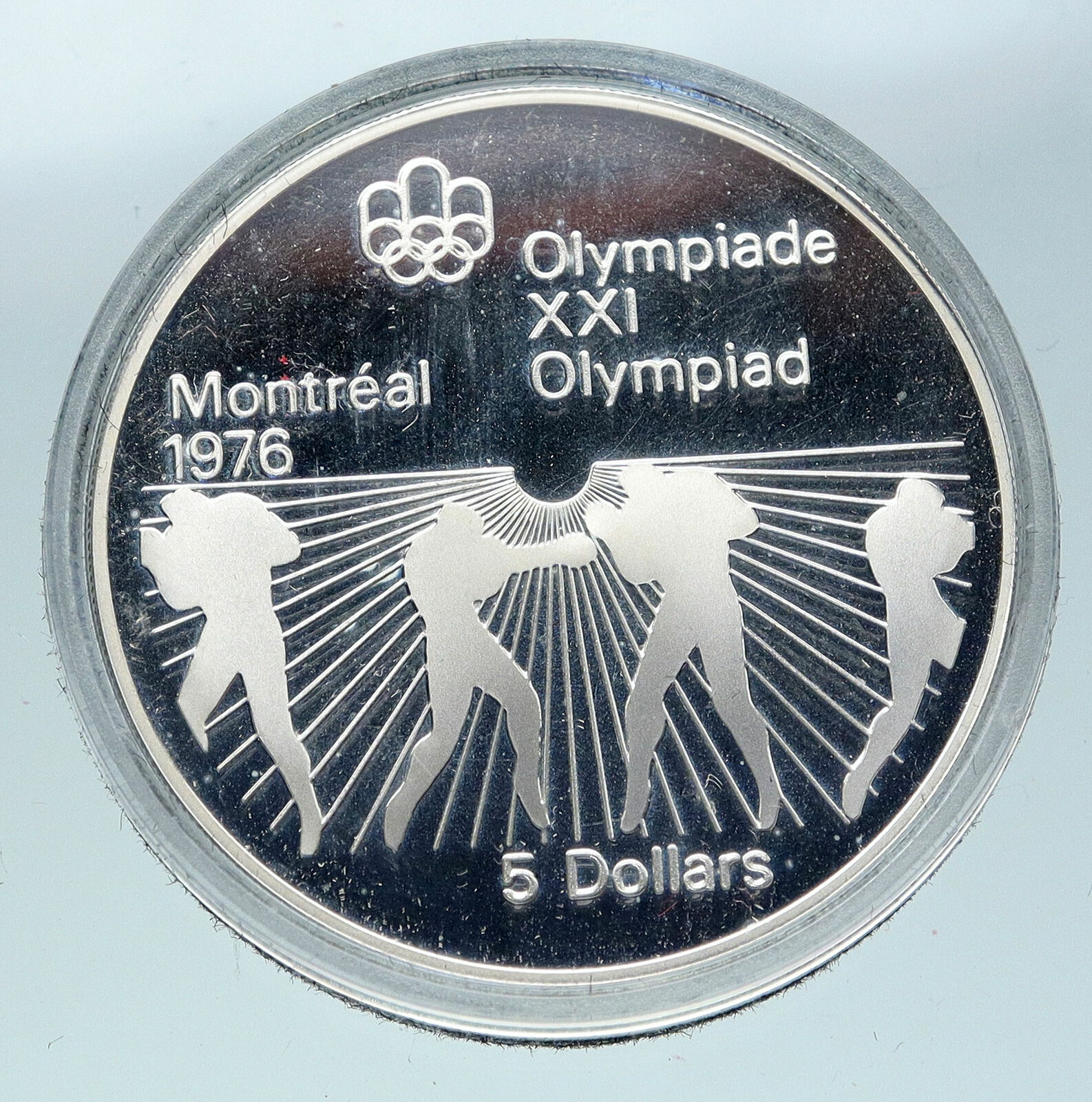|
Canada – Canadian Aviation Series
1994 Proof Silver Dollar 38mm (31.30 grams) 0.925 Silver (0.925 oz. ASW)
Reference: KM# 247
ELIZABETH II D·G·REGINA·, Portrait of Queen Elizabeth II facing right.
CANADA 20 DOLLARS, Vickers Vedette, portrait of Wilfrid Thomas Reid in 24-karat gold-plated cameo.
You are bidding on the exact item pictured, provided with a Certificate of Authenticity and Lifetime Guarantee of Authenticity.
 The Canadian Vickers Vedette was the first aircraft designed and built in Canada to meet a specification for Canadian conditions. It was a single-engine biplane flying boat purchased to meet a Royal Canadian Air Force (RCAF) demand for a smaller aircraft than the Vickers Viking with a much greater rate of climb, to be suitable for forestry survey and fire protection work. The type went on to have a long and distinguished career in civil operations in Canada. Most of the topographical maps in use in Canada today are based on photos taken from these aircraft. The Canadian Vickers Vedette was the first aircraft designed and built in Canada to meet a specification for Canadian conditions. It was a single-engine biplane flying boat purchased to meet a Royal Canadian Air Force (RCAF) demand for a smaller aircraft than the Vickers Viking with a much greater rate of climb, to be suitable for forestry survey and fire protection work. The type went on to have a long and distinguished career in civil operations in Canada. Most of the topographical maps in use in Canada today are based on photos taken from these aircraft.
The first production example was provided to Fairchild Aerial Surveys (c/n 31 G-CAFF) before they started designing their own survey aircraft. The majority of the production run was purchased by the RCAF where the aircraft proved popular and versatile, if somewhat temperamental due to leaky hulls that required constant maintenance (a problem afflicting all wooden hulled flying boats). The Vedette undertook photographic and forestry patrols satisfactorily and provided a backbone for RCAF flying operations through the lean peacetime years. Vedettes started a coast-to-coast photographic survey that was needed to map out the large areas of the country still unmapped. These missions lasted until the outbreak of the Second World War, and would be completed after the war with newer types. Vedettes stationed on both coasts were also used for fishing and smuggling patrols, both with the RCAF and with Western Canada Airways.
The Vedette featured prominently in a number of mercy missions, while some airmen discovered it was nearly ideal for aerial goose hunting, at least until a pilot was hit by a goose. The first Canadian to join the Caterpillar Club by using a parachute to escape from an aircraft did so from RCAF Vedette “ZF” on 17 May 1929. The pilot, C.S. (Jack) Caldwell, while testing the aircraft at the Canadian Vickers factory, entered an uncontrollable spin after the engine failed and bailed out successfully over the St. Lawrence River.
The RCAF acquired one Wright J-4 engined Vedette I in 1925 and 18 Armstrong-Siddeley Lynx IV (210 hp (160 kW)) engined Vedette IIs from 1926 onwards. All of these were out of service before the Second World War began. Starting in 1929, the RCAF acquired 13 Vedette Vs with a higher gross weight, and 11 fitted with Handley Page wing slots as the Vedette Va. The single Vedette VI, with Wright J-6 engine, featured a metal hull and an enclosed cockpit. A mark V was refurbished by the factory and as the sole Vam was given a new metal hull, as well as a new serial number (the last), but it retained its RCAF call sign as “ZD.” The Mk VI and seven Vedette Va flying boats survived into wartime service, flying with No 4(BR) Squadron and the Seaplane and Bomber Reconnaissance Training School (later No 13 OT Sqn) in Vancouver, BC until May 1941.
In addition to the RCAF, The Ontario, Manitoba and Saskatchewan provincial governments used Vedettes extensively for scouting out forest fires in the heavily wooded areas of those provinces.
The company exported six Wright J-5 powered Vedette Vs to Chile, where they were based at Puerto Montt (which is on an inlet off the Pacific coast) with the Escuadrilla de Anfibios N° 1 (now known as the Grupo de Aviación N° 5). They were used to forge an air link between there and the capital Santiago, 569 miles (916 km) up the coast. At least one of the Vedettes (and possibly all six) was lost due to hurricane-force winds, which also caused the loss of two lives when one of the aircraft overturned while on the water.
.svg/220px-Canada_(orthographic_projection).svg.png)  Canadaa Canadaa
The land now called Canada has been inhabited for millennia by various Aboriginal peoples. Beginning in the late 15th century, British and French colonies were established on the region’s Atlantic coast. As a consequence of various conflicts, the United Kingdom gained and lost North American territories until left, in the late 18th century, with what mostly comprises Canada today. Pursuant to the British North America Act, on July 1, 1867, three colonies joined to form the autonomous federal Dominion of Canada. This began an accretion of provinces and territories to the new self-governing Dominion. In 1931, Britain granted Canada near total independence with the Statute of Westminster 1931 and full sovereignty was attained when the Canada Act 1982 severed the vestiges of legal dependence on the British parliament..
Canada is a federal parliamentary democracy and a constitutional monarchy, Queen Elizabeth II being the current head of state. The country is officially bilingual at the federal level. It is one of the world’s most ethnically diverse and multicultural nations, the product of large-scale immigration from many countries, with a population of approximately 35 million as of 2015. Its advanced economy is the eleventh largest in the world, relying chiefly upon its abundant natural resources and well-developed international trade networks. Canada’s long and complex relationship with the United States has had a significant impact on its economy and culture.
Canada is a developed country and one of the wealthiest in the world, with the tenth highest nominal per capita income globally, and the eighth highest ranking in the Human Development Index. It ranks among the highest in international measurements of government transparency, civil liberties, quality of life, economic freedom, and education. Canada is a Commonwealth Realm member of the Commonwealth of Nations, a member of the Francophonie, and part of several major international and intergovernmental institutions or groupings including the North Atlantic Treaty Organization, the G8, the Group of Ten, the G20, the North American Free Trade Agreement and the Asia-Pacific Economic Cooperation forum.
|





 The Canadian Vickers Vedette was the first aircraft designed and built in Canada to meet a specification for Canadian conditions. It was a single-engine biplane flying boat purchased to meet a Royal Canadian Air Force (RCAF) demand for a smaller aircraft than the Vickers Viking with a much greater rate of climb, to be suitable for forestry survey and fire protection work. The type went on to have a long and distinguished career in civil operations in Canada. Most of the topographical maps in use in Canada today are based on photos taken from these aircraft.
The Canadian Vickers Vedette was the first aircraft designed and built in Canada to meet a specification for Canadian conditions. It was a single-engine biplane flying boat purchased to meet a Royal Canadian Air Force (RCAF) demand for a smaller aircraft than the Vickers Viking with a much greater rate of climb, to be suitable for forestry survey and fire protection work. The type went on to have a long and distinguished career in civil operations in Canada. Most of the topographical maps in use in Canada today are based on photos taken from these aircraft..svg/220px-Canada_(orthographic_projection).svg.png)
 Canadaa
Canadaa




